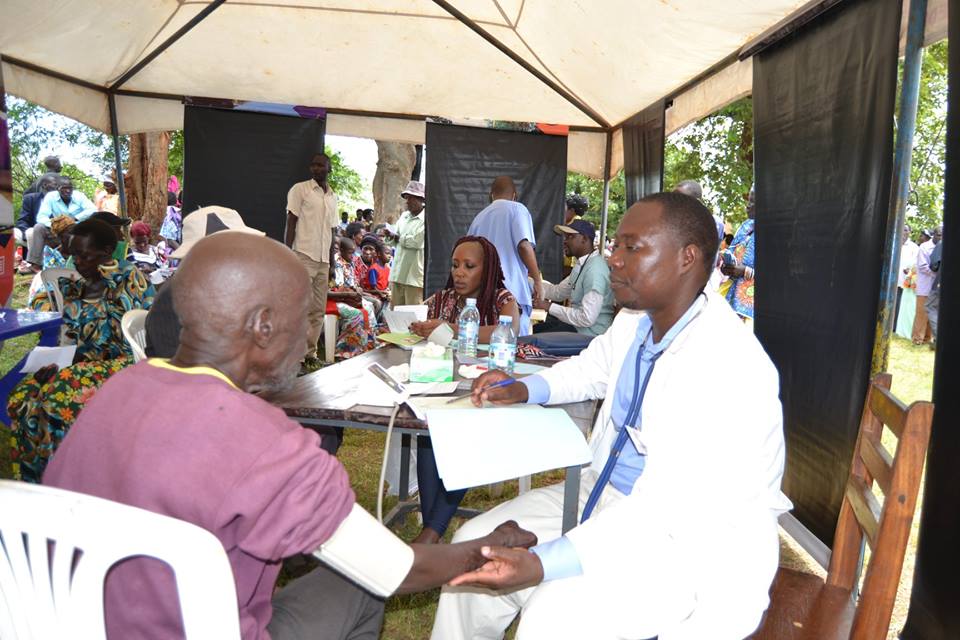First Posted: 12-Jan-2019
HPV, or the Human Papillomavirus, is a major cause of cervical cancer in Uganda. It is one of the leading causes of death in women the world over,
in fact 300,000 women die from cervical cancer every year. The risk factors for HPV are stated to be that this common virus
is spread by genital skin-to-skin contact during sexual activity. While on its own there are no symptoms for HPV
and so many people who have it may not even know it was there, yet if the body’s immune system is compromised,
what would normally be naturally cleared within two years sadly has been known to cause changes to the cells in a woman’s cervix, resulting in cancer.

It’s estimated that for every 100 women suffering from cancer in Uganda, 80 of those are from cancer of the cervix. Of course, this form of cancer is preventable.
Winds of Hope recommend parents have their girls vaccinated regularly, from ages 9 to 13 particularly, as the most cost-effective measure to prevent developing cancer.
While studies have shown that people in different age brackets from 26 years onwards seem less like to receive a high-risk of HPV, women aged 19-25 have higher odds.
These statistics can be due to multiple different factors, medically or even socially, yet there is always a concern for those of any age who don’t get vaccinated
for HPV when they are sexually active.
Just getting vaccinations does not replace cervical cancer screening. People who are engaging in sexual activity can rule out having HPV or cancer through regular medical visits,
increasing their education about safe sexual practices and both promoting and through correct use of condoms. Also, for any people that smoke cigarettes,
often beginning adolescents but for adults as well, having them educated on the risks for tobacco use is just as important, as it highlights the risks for
cervical and other cancers.
For more information on the areas of focus for Winds of Hope, head to our Outreach pages today.
Sources: https://afro.who.int/news/uganda-launches-human-papillomavirus-vaccine https://www.ncbi.nlm.nih.gov/pmc/articles/PMC3163594/
